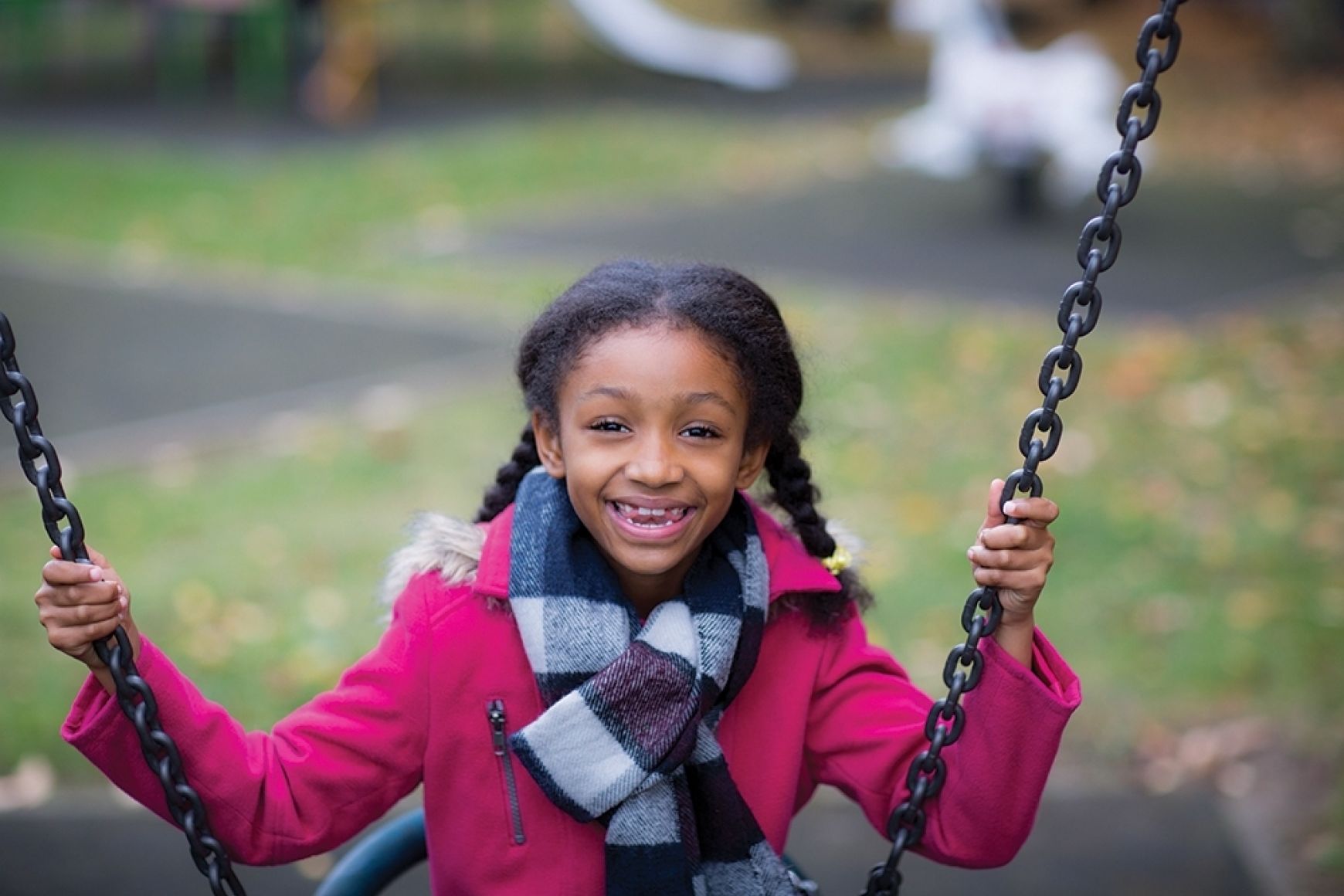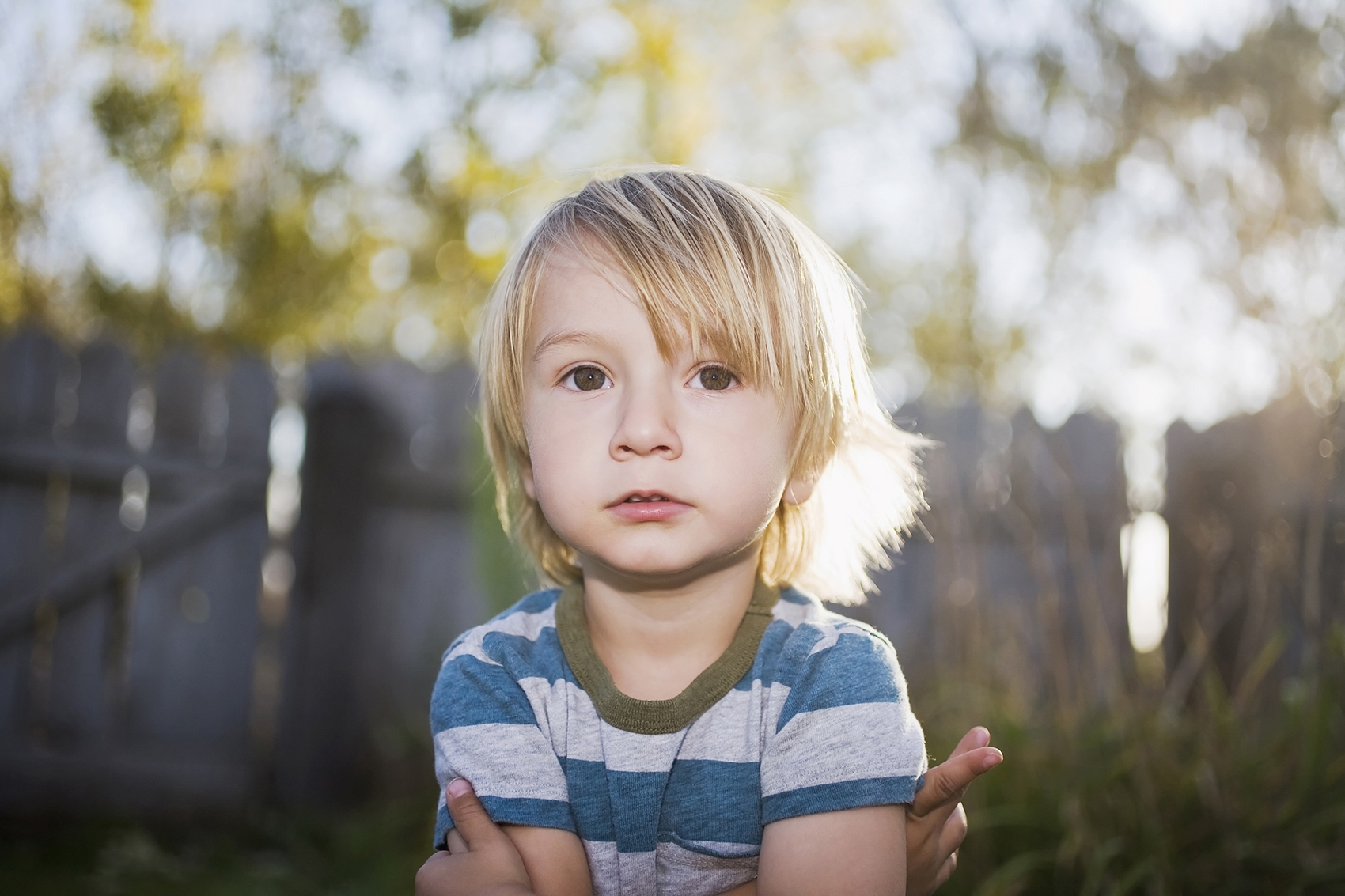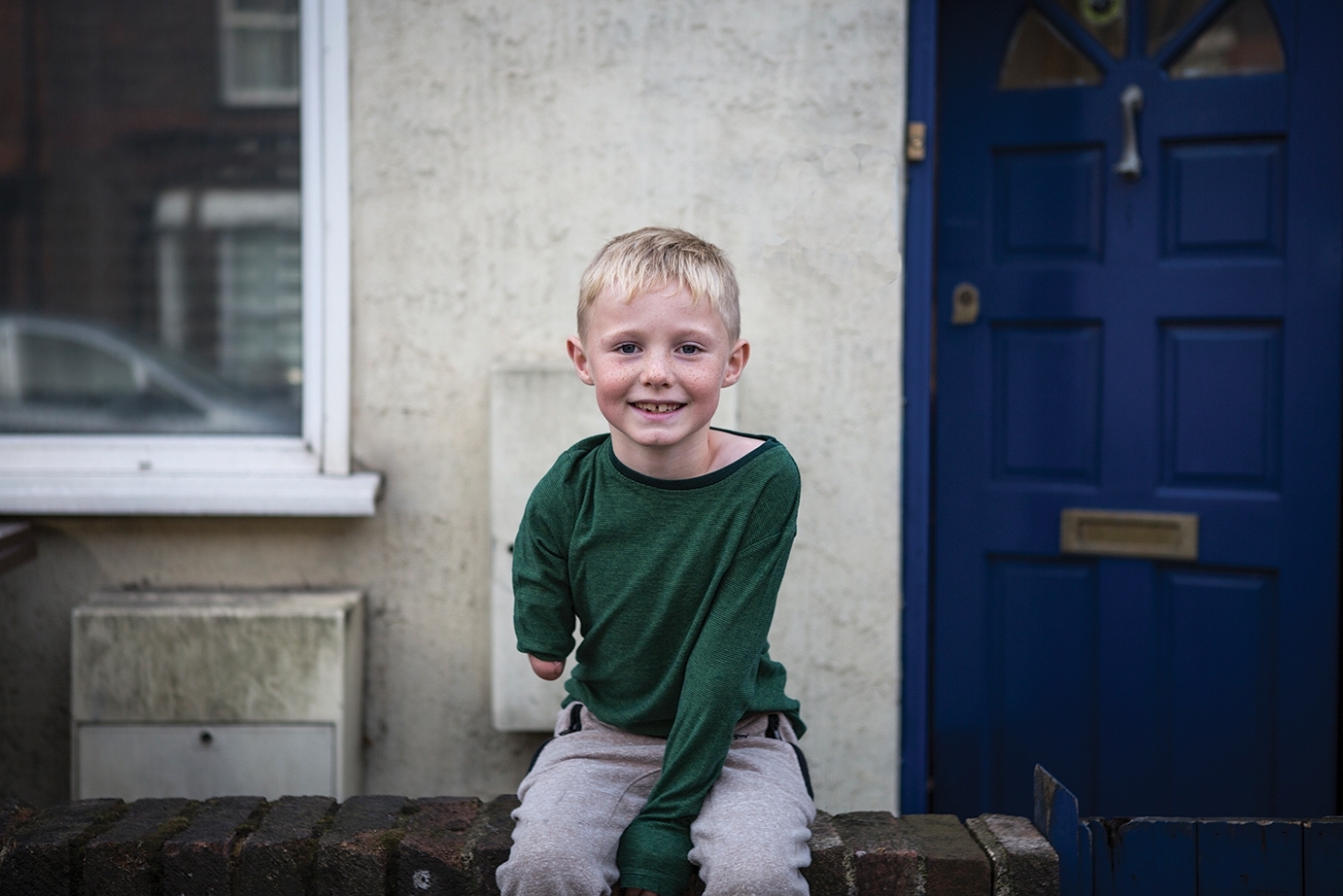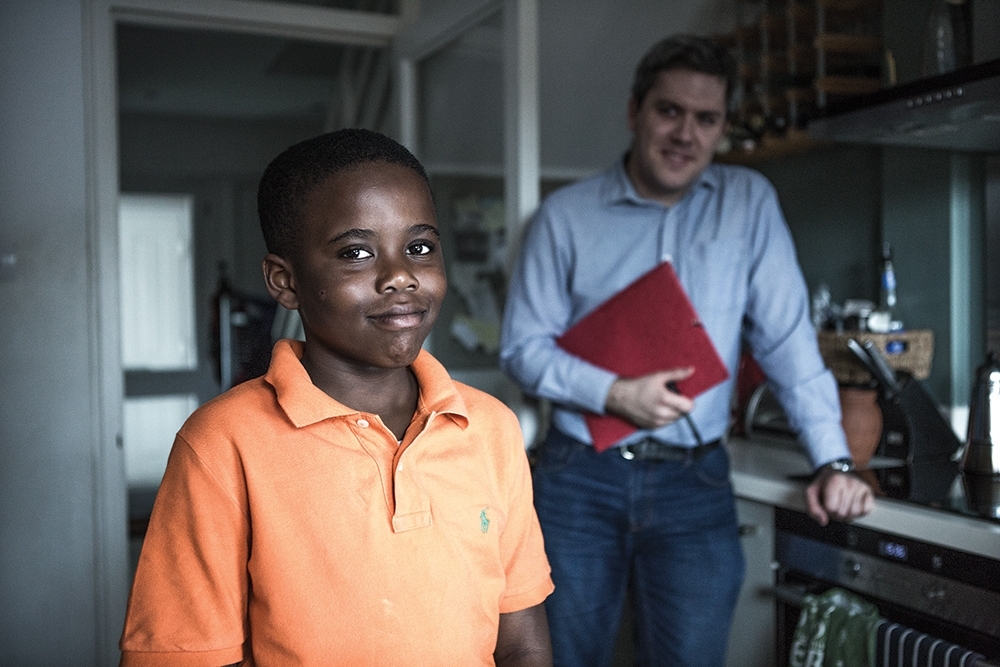
Building our
capabilities
Introduction
Our Corporate Strategy set out our ambition for better outcomes for more children. To achieve our new ambition, we must be proactive, efficient, and forward-thinking. We aim to do this by becoming a digital, diverse, learning organisation, so we are even better equipped to reach and support more vulnerable children.
Digital
By making the best use of digital technology and communications in all aspects of our work, we aim to reach out to and support more vulnerable children.
We are developing new approaches to meeting needs, based on service design principles. Examples include our work on:
- Piloting a new service to provide care levers with resources, tools and support to become more self sufficient
- Piloting a new service to connect foster children online and build resilience
- Discovery of what constitutes safe spaces online
- Discovery of young people’s attitudes and expectations of mental health related technology
Diverse
We make sure equality, diversity and inclusion run through everything we do – from the way we support people, to who comes to work or volunteer for us. We aim to make the services we offer as accessible and inclusive as possible.
- 23 per cent (49,900) of our service users in 2017-18 were BAME1 – Staff declaration as BAME at end of March 18 was 9%
- 11 per cent (14,500) of our service users in 2017-18 were recorded as having disability2 – Staff declaration of having a disability at end of March 18 was 4%
- We worked with over 1,500 children and young people with disabilities and their families through the ‘Independent Support Programme’ working with partners in 16 local authorities in the West as well as the service also being delivered in East and London
- LGBT Youth awareness training designed in partnership with LGBT Youth Scotland has been delivered to over 300 staff across children’s services, retail, properties, IS, policy and other support staff. Feedback from Managers has highlighted the benefit of a team culture that means that the needs of LGBT staff and young people are recognised within policy reviews and service and building design.
Learning
Learning from our experiences in delivering services across the UK will help to improve our support and impact. We are taking every opportunity to find new ways – and the best ways – to support more children and have a greater impact
- In 2017-18, 89 per cent of our eligible staff were recorded as achieving at least 3 days learning. We shared new evidence and research with our staff through digital channels and online communities. We also ensured that potential benefits of research with our service users outweigh the risks of harm through Barnardo’s Research Ethical Committee (BREC)
- We have launched a new Talent Management Initiative for staff consisting of two programmes; One will include a focus on staff’s Mental Health and Wellbeing, training managers to support the mental health and wellbeing of their staff teams for their benefit and that of the young people we work with. The second, our ‘Emerging Leaders Programme’ is aimed at developing leadership potential within Barnardo’s
- We are expanding the range of learning opportunities for the children and young people we work with to support them to develop their skills and fulfil their potential.
Volunteering
Volunteers in our shops
Volunteers play a vital role in our work. Our retail operation has 11,532 volunteers who give 56,168 hours (or 8,024 days) of their time to support our stores, helping fund our frontline work with children.
We have diversified our volunteer base through exploring the range of motivations and aspirations of volunteers, whether that is the achievement of the Duke of Edinburgh Award, a desire to contribute to the community or a personal affinity with the work of Barnardo’s.
Barnardo’s Retail provides a variety of positive outcomes such as learning vital skills and gaining the confidence to work towards paid employment. Indeed, in 2017-18, 25 per cent of our retail volunteers left because they gained paid employment3. Job seeking volunteers have regularly reported that giving their time at a Barnardo’s store has improved self-esteem, and communication skills, as well as developing team-working, problem-solving, organisational, and numeracy skills.
Jordan’s story
Someone believed in me once and now it’s time for me to do the same.
Jordan
Read more
Listening to children
We believe that participation is a value of Barnardo’s and participatory practice is integral to our way of working. Listening to and supporting young people to have a say in decisions that affect their lives is also an essential principle that should be applied to all arenas – from homes to government, from local to national levels. We aim to:
- increase our accountability to children and young people
- enable children and young people’s voices to be heard within Barnardo’s, their communities and beyond on issues that affect them
- enable children and young people’s views to influence the design, implementation and monitoring of our programmes
- ensure that children and young people are able to comment on and influence the decisions that shape the organisation’s governance, strategic directions and advance its purpose
- ensure that participatory practice is built in, not bolted on.
Cumbria Summit
The 2017 Cumbria Summit was designed to facilitate young people meeting with key decision makers in the County, to share their experiences of what it is like to be a child living in Cumbria.
A survey, gathering the views of children aged eight to 12 at the Summit, allowed them to share their views and experiences. Over 6,000 children responded.
This important insight from young people has been used in service design and planning across Cumbria, including informing a Heritage Lottery Fund bid for South Lakeland where children are designing and evaluating the bid activities.
Strategic partnerning
We are developing our approach to strategic partnering to enable us to achieve transformational systems-level change, improving outcomes for more children, in line with our corporate strategy. We are currently involved in around 50 alliances across our regions and nations, with local authorities, NHS trusts, police forces, other charities, and partners from other sectors. We are developing frameworks to enable us to capture learning on the impact of our partnerships on children, young people, and families.
Collective Impact
One of the aims of Collective Impact was to build the capacity of practitioners to support the social and emotional wellbeing of young people. The Community Resilience Programme is a professional development programme for people working with 8-14 year olds and their families in North Belfast and Antrim. This programme was a key element of Northern Ireland’s Collective Impact work
The two main aims of the programme were:
- building the capacity of practitioners to support young peoples’ resilience
- facilitating collaboration between participating organisations.
In order to measure improvement in collaboration among participating organisations before and after the year-long programme, a survey and a level of collaboration scale was adapted from existing models and instruments4.
12 out of 26 participating organisations completed both questionnaires. These consisted of three primary schools, one post primary school and eight youth and community groups. Findings indicated that as a result of the Community Resilience Programme:
- 80 per cent increased the sharing of knowledge and practice
- 80 per cent felt there was increased willingness to work together to build resilience
- 70 per cent felt better connected to each other
- 60 per cent had regular opportunities to meet
- 50 per cent were currently working collaboratively to build resilience.
An additional evaluation will also be carried out to measure the capacity-building element of the programme and the impact that it has had on practice.
Emerging vulnerabilities
Over 2017-18 we have increasingly found ourselves working alongside children experiencing a range of vulnerabilities, and experiencing a range of – often interconnected – issues. This has led us to recognise there are complex interactions between various types of exploitation and abuse and other childhood experiences. Most recently, for example, in a survey of our frontline service managers representing over 370 services, almost 60 per cent of those who responded said that they had supported young people involved in criminal activity over the last year. Approximately 75 per cent of those said that they thought the young people may have been coerced, or manipulated into criminal activity, and around 60 per cent said that in their experience, criminal exploitation also involved sexual abuse.
While it is important to have clear priorities, we also ensure that we are continuously looking out for new or changing issues affecting children and young people, to ensure that they can be appropriately supported.
Child criminal exploitation
In a survey of our front-line service managers representing over 370 services, almost 60 per cent of those who responded said that they had supported young people involved in criminal activity over the last year. Approximately 75 per cent of those said that they thought the young people may have been coerced, or manipulated into criminal activity, and around 60 per cent said that in their experience, criminal exploitation also involved sexual abuse.
Measuring our impact
Measuring the impact we’re having through our service delivery is key to understanding the difference we are making to the children, young people and families we support. When we understand what works, for whom, in what circumstances, we can have an even greater impact. However, this is a journey, and we know we still have far to go.
Our services support children, young people, parents and carers across a range of issues, and report to different commissioners. We know we can’t use a top-down, one-size-fits-all indicator to measure our work. Instead, we need to identify what is important and relevant to measure for the types of support we provide.
Reach
Counting the number of people we support across our services, and how that changes over time, gives an idea of the diversity of our services and the people we are supporting. However, this does not tell us about the difference we are making. It is important that we also understand the changes that happen as a result of our work.
Quality
Across our impact website, we show case studies of how our support has made a difference for individual young people. Alongside these powerful stories we also refer to the various tools we currently use to measure and report impact across cohorts of children and young people in our services. This includes standardised validated tools (such as Strengths and Difficulties Questionnaire, and Trauma Symptoms Checklist), Triangle Consulting’s Outcomes Star, and Barnardo’s Outcomes Monitoring Framework. The combination of individual stories and outcomes measures helps demonstrate our impact across a range of our services.
Influence
We also make a positive impact on the lives of the UK’s most vulnerable children and young people by influencing policy and practice at local and national levels (across England, Northern Ireland, Scotland and Wales). We make sure that others can learn from our experience, by acting as a powerful voice for children and young people when influencing public policy, and by sharing our learning with the wider sector to improve practice. We are currently exploring how we can capture the difference we make through influencing, including our work around developing strategic partnerships.
Next steps
We are focusing our resources on increasing our understanding and improving our approaches to the core priority area objectives in Mental Health and Wellbeing, Child Sexual Abuse and Children In and Leaving Care. We are doing this through analysis of the research evidence base, and taking into account views of children and young people, practice issues identified across our services, and views and experience of our partners and subject matter experts.
Adopting a service design approach, we have begun to:
- undertake a programme of ‘discovery’ in a number of areas we have identified as priorities for our CSA work, which are either based on existing evidence, or have a clear rationale for emerging areas of practice where evidence does not yet exist
- develop a place-based whole-systems approach to ‘discovery’ within strategic partnerships for Mental Health and Wellbeing, and Children In and Leaving Care to ultimately help us improve practice, campaign for policy change, or develop new integrated sustainable services.
In the Core Priority Areas we have started to develop the key outcomes we want to affect for children, young people, and families in order to achieve Stronger Families, Safer Childhoods, and Positive Futures. Our aim is to work alongside commissioners and others to develop a shared understanding of how we can best evidence the changes for the children and young people we support. We also want to be able to bring our data together so we can learn what works across different models of support for different groups of children. We plan to test and pilot this approach during 2018-19, before considering roll out across other services.
We are also rolling out trauma informed training across our services so that all our staff are confident in understanding and addressing trauma.
We will continue to share learning on what works and why, so that we can develop our workforce, expand good practice, and ensure that our resources are allocated to create greater impact for children and young people.
Footnotes
- Where ethnicity was recorded. BAME includes Black, Asian, Mixed and Other Ethnic Minority Backgrounds
- Where disability status was recorded
- Taken from 263 respondents from our Leavers Survey
- Borden, L.M. & Perkins, D.F. (1999) Assessing your collaboration: a self assessment tool. Journal of Extension, 37(2)



